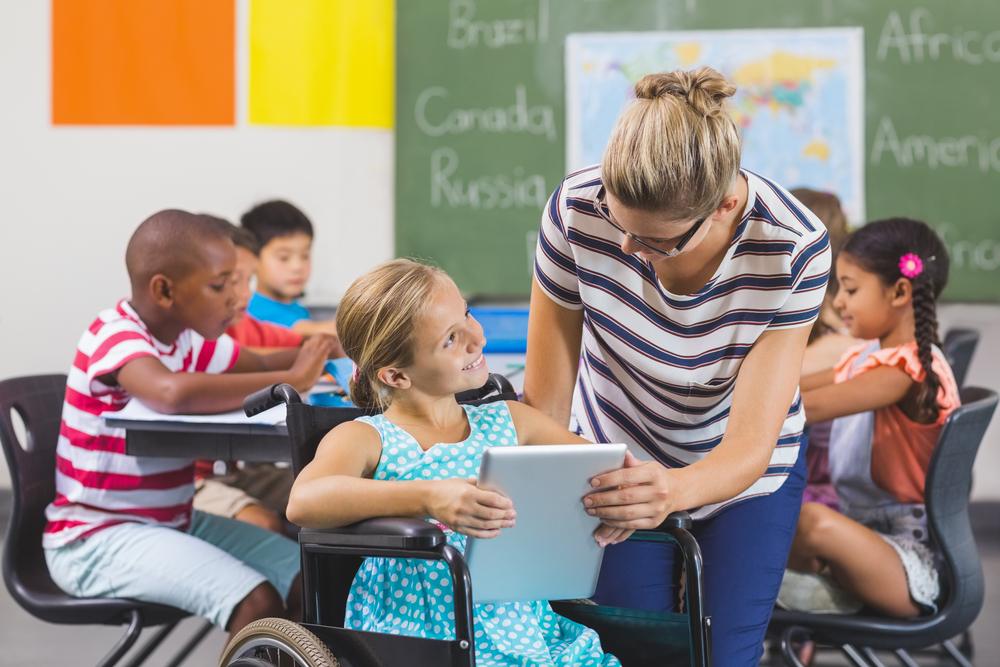
Image Source: Google
Students with learning disabilities often face unique challenges in the traditional education system. Educators must understand and address these challenges to promote academic achievement for all students. By breaking down barriers and providing support tailored to the individual needs of students with learning disabilities, we can create a more inclusive and successful learning environment. If you are looking for the best learning disabilities elementary schools, you can contact Charles Armstrong School.
The Importance of Supporting Students with Learning Disabilities
Students with learning disabilities are a diverse group with a wide range of strengths and weaknesses. Educators need to recognize the individual needs of each student to provide appropriate support and accommodations. By promoting academic achievement for students with learning disabilities, we not only improve their educational outcomes but also help them develop the skills they need to succeed in all areas of life.
Challenges Faced by Students with Learning Disabilities
- Difficulty with reading, writing, or math
- Slow processing speed
- Struggles with organization and time management
- Trouble following directions or staying focused
The Impact of Untreated Learning Disabilities
If left unaddressed, learning disabilities can have a significant impact on a student's academic performance and overall well-being. Students with untreated learning disabilities may experience frustration, low self-esteem, and a lack of motivation. By providing early intervention and ongoing support, educators can help students with learning disabilities overcome these challenges and reach their full potential.
Strategies for Promoting Academic Achievement
1. Individualized Education Plans (IEPs)
IEPs are personalized plans that outline the specific goals and accommodations for students with learning disabilities. By working with parents, teachers, and special education professionals to create and implement IEPs, educators can ensure that students receive the support they need to succeed in school.
2. Differentiated Instruction
Differentiated instruction involves tailoring teaching methods and materials to meet the diverse needs of students in the classroom. By incorporating different learning styles, strategies, and activities, educators can create a more inclusive and engaging learning environment for students with learning disabilities.
3. Assistive Technology
Assistive technology tools, such as speech-to-text software or audio books, can help students with learning disabilities access information and complete assignments more effectively. By introducing assistive technology into the classroom, educators can promote independence and success for students with learning disabilities.
4. Positive Behavior Support
Positive behavior support involves teaching students social and emotional skills to help them succeed in school and in life. By providing clear expectations, positive reinforcement, and consistent feedback, educators can create a supportive learning environment that promotes academic achievement for all students.
Building a Supportive Learning Environment
1. Fostering a Growth Mindset
By promoting a growth mindset, educators can help students with learning disabilities develop a positive attitude toward learning and growth. Encouraging students to persevere through challenges and view mistakes as learning opportunities can lead to greater academic achievement and self-confidence.
2. Providing Emotional Support
Students with learning disabilities may face unique social and emotional challenges in addition to their academic struggles. Educators can provide emotional support by creating a safe and inclusive classroom environment, fostering positive relationships with students, and offering guidance and resources for coping with stress and anxiety.
3. Collaborating with Families and Professionals
Collaboration between educators, families, and special education professionals is essential for promoting academic achievement for students with learning disabilities. By working together to share information, set goals, and coordinate support services, we can create a comprehensive network of support that meets the needs of each student.
Conclusion
Promoting academic achievement for students with learning disabilities requires a collaborative and individualized approach that addresses the unique needs of each student. By breaking down barriers and providing tailored support, educators can create a more inclusive and successful learning environment that enables all students to reach their full potential.
